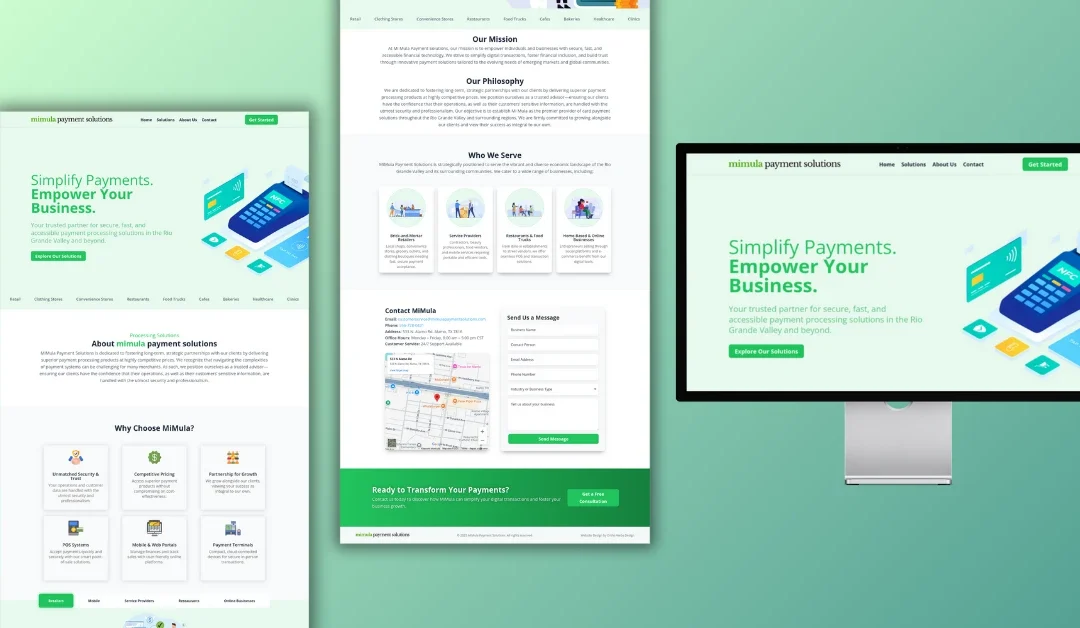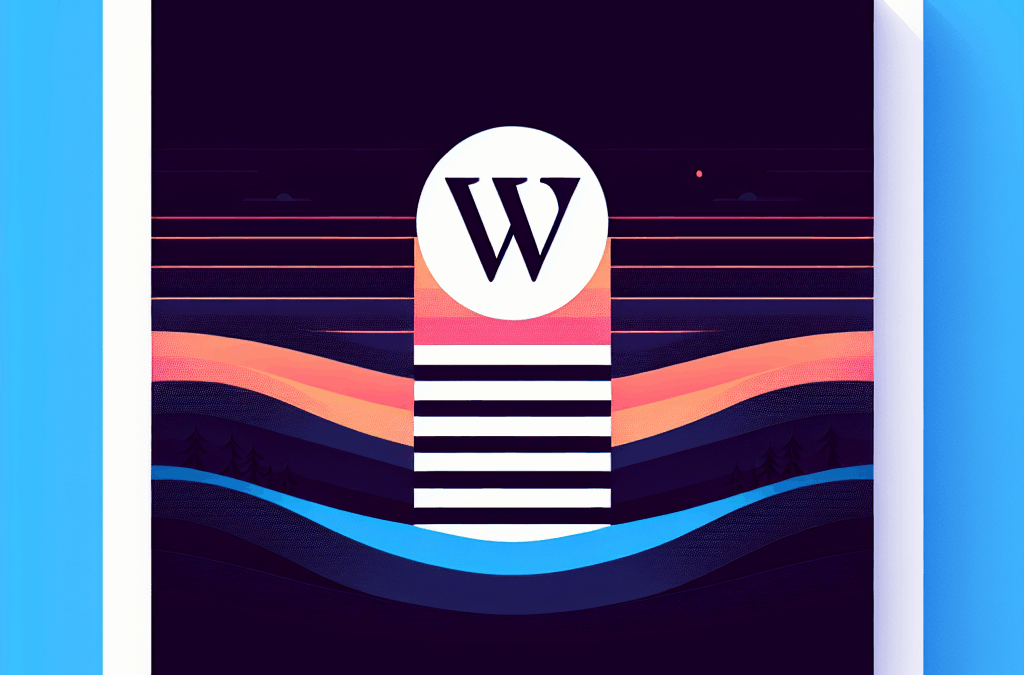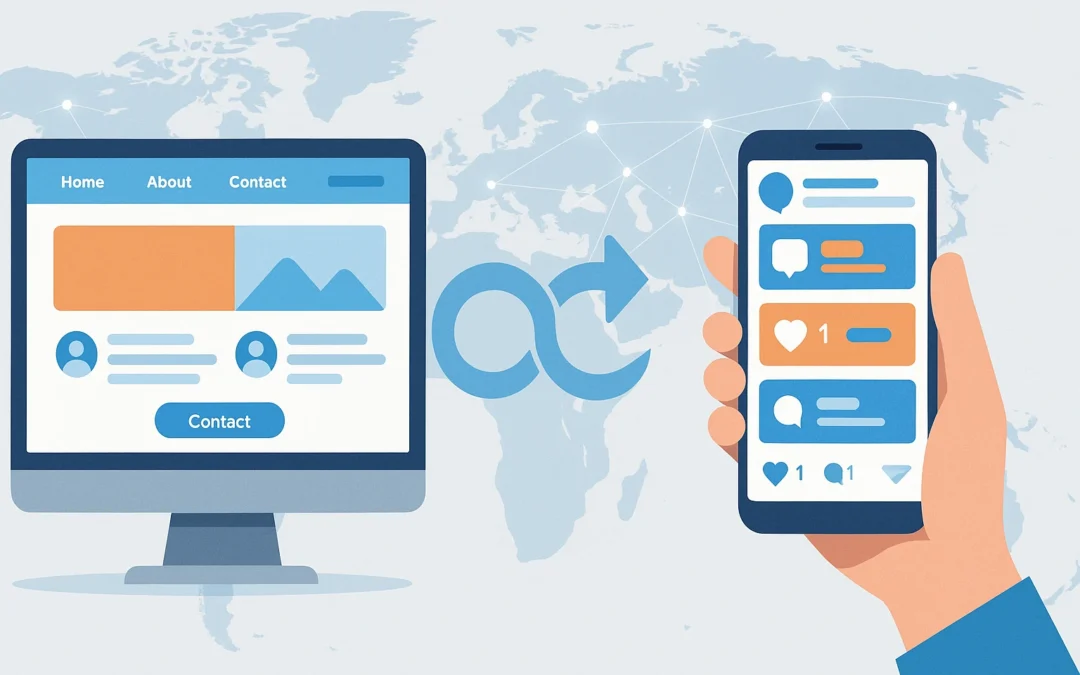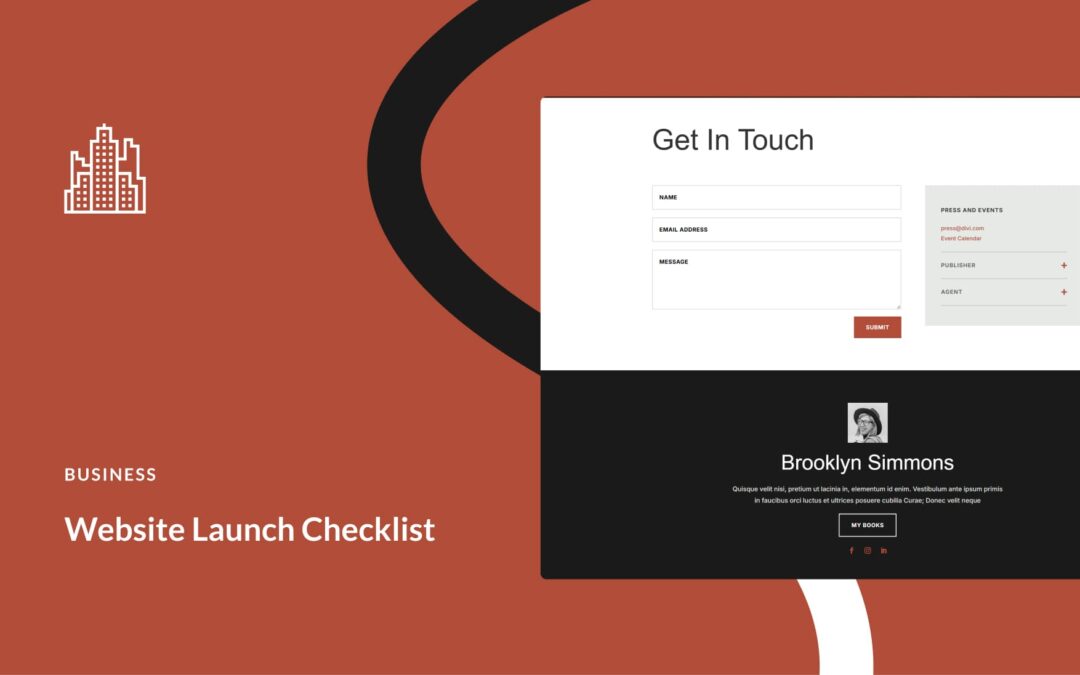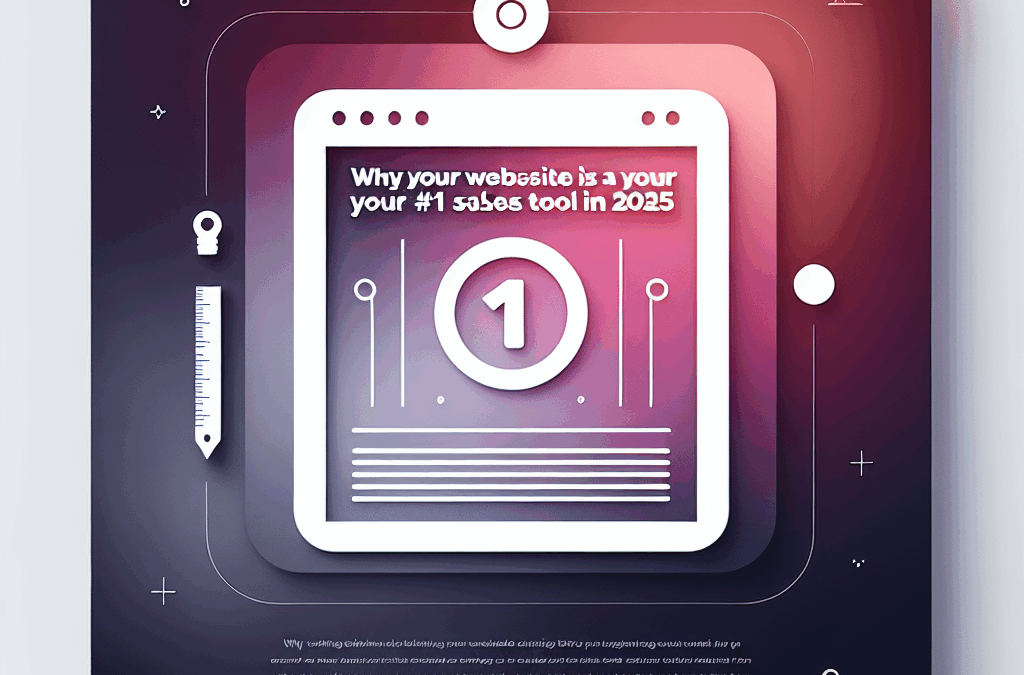Unlocking the Art of Presentations: Finding Your Style
Ever felt like your pitches just aren’t hitting the mark? You’re not alone. Many small business owners in South Texas struggle with delivering presentations that resonate, whether it’s for a networking event, a sales pitch, or just sharing ideas with the team.
Imagine standing in front of your audience, hoping they’ll connect with your message, but instead, you see a sea of blank stares. No hay nada peor, right? It’s frustrating to pour your heart into a presentation only to feel like you’re talking to a wall. But what if I told you there’s more than one way to present your ideas? Let’s explore various presentation styles that can help you connect and engage effectively.
The Real Deal: Presentation Styles
When it comes to presenting, there’s no “one-size-fits-all” approach. Just like every business in McAllen has its unique flavor, so do presentation styles. Here are eight types to consider:
1. Visual Style
What it is: If you’re all about keeping it simple and letting your words shine, this style is for you. Visual styles use slides mainly to complement your points, not overshadow them.
When to use it: Perfect for larger audiences, especially when they have diverse interests or when you need to whip up slides quickly.
Model Presenter: Think Steve Jobs — his iconic visuals complemented his killer storytelling.
2. Freeform Style
What it is: This is the go-to for spontaneous presentations. You drop the slides and connect through powerful storytelling.
When to use it: Ideal for quick pitches or casual networking events. You’ll feel more relaxed, almost like chatting with a friend over café.
Model Presenter: Check out Sir Ken Robinson, who nailed his freeform approach.
3. Instructor Style
What it is: Think of your favorite teacher — this style is all about delivering complex ideas using engaging metaphors and solid content.
When to use it: Great if you’re a bit unsure about your topic. It keeps you organized and helps your audience digest information smoothly.
Model Presenter: Al Gore is a perfect example here.
4. Coach Style
What it is: For the electrifying, energetic speakers out there, this style encourages audience interaction and engagement.
When to use it: Use this during conferences or situations where you need to put your audience at ease.
Model Presenter: Linda Edgecombe knows how to draw in her audience wonderfully.
5. Storytelling Style
What it is: This approach hinges on anecdotes and personal experiences to connect with your listeners, making points unforgettable.
When to use it: Best for situations where you have time to weave in stories without rushing.
Model Presenter: Jill Bolte Taylor effectively uses storytelling.
Watch her inspiring presentation.
6. Connector Style
What it is: This method focuses on creating rapport with the audience. It’s a dialogue, often involving questions and gestures.
When to use it: Perfect for early conversations in sales, where eliciting feedback is crucial.
Model Presenter: Connie Dieken excels in making connections.
7. Lessig Style
What it is: Developed by Lawrence Lessig, this fast-paced style mixes rapid slides with focused text, usually synchronized with what the presenter is saying.
When to use it: Best for larger crowds, keeping your audience engaged as the slides move quickly.
Model Presenter: Lawrence Lessig himself is a master at this.
8. Takahashi Style
What it is: Characterized by bold text and minimal slides, this style is all about keeping things simple and impactful.
When to use it: If you find yourself without design tools, this method packs a punch in short presentations.
Model Presenter: Masayoshi Takahashi makes this approach shine.
Finding Your Voice
Now that you know these styles, you might be wondering how to apply them effectively for your business. The right presentation style can do wonders for how you convey your message. You want your audience to be engaged, right?
As a local expert in web design and digital marketing, I’ve seen firsthand how a well-crafted presentation can lead to more leads and conversions. Don’t settle for cookie-cutter solutions — your business deserves a unique, professional digital presence that aligns with your marketing goals and utilizes smart integrations like AI tools.
At Ericks Webs Design, we specialize in transforming your online presence to make sure it stands out in the competitive landscape of South Texas. We get it: Your website needs to be more than pretty; it has to be a compelling sales tool and reflect your brand’s identity.
Ready to level up your presentations and connect authentically with your audience? Don’t let your message get lost in translation. Let’s chat about how we can craft a strategy that truly resonates.
Hit us up, and let’s build something together that works for you!
Source:
https://blog.hubspot.com/sales/types-of-presentation-styles





